Home>Gardening & Outdoor>Landscaping Ideas>How Does Buffalo Grass Spread
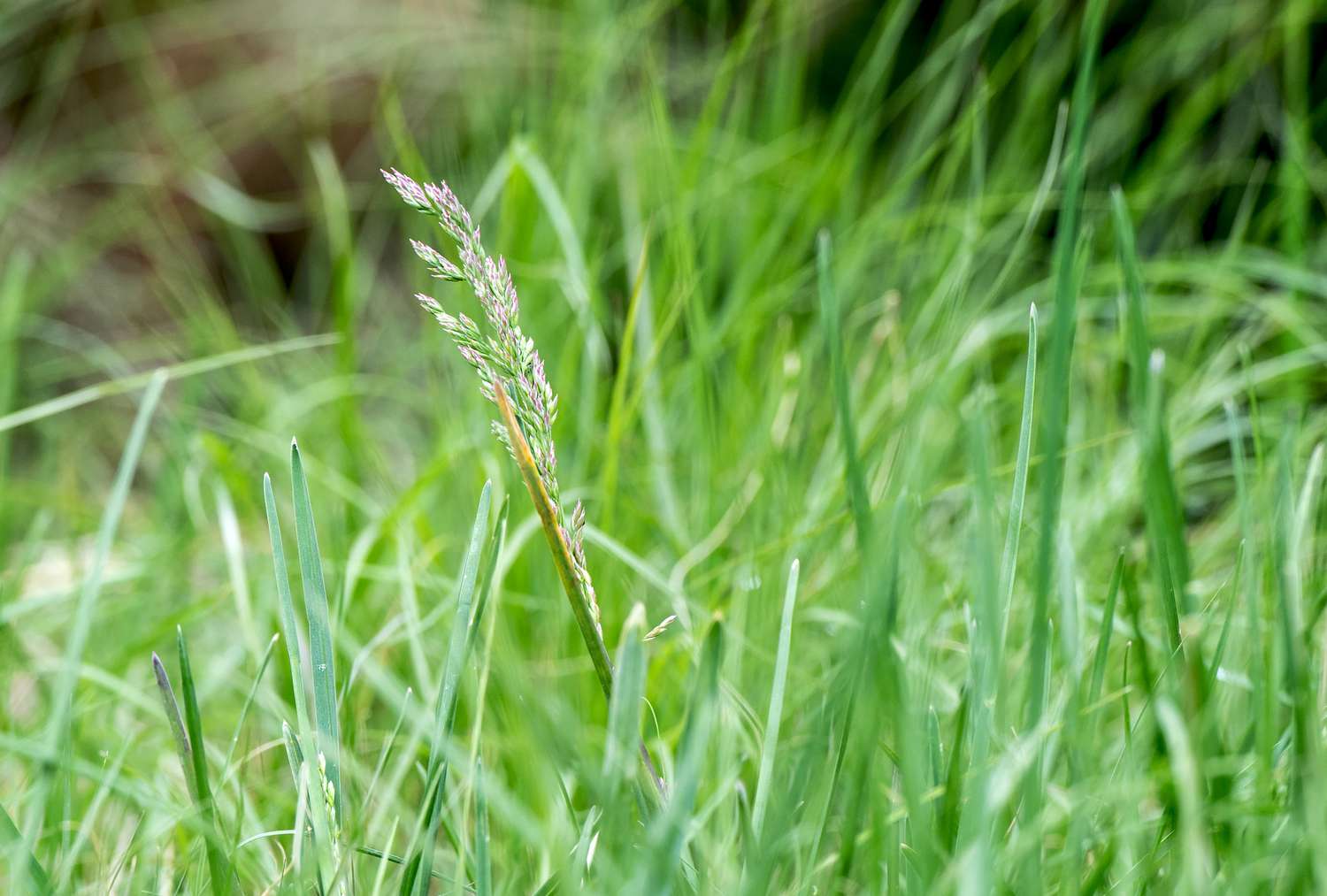

Landscaping Ideas
How Does Buffalo Grass Spread
Modified: February 18, 2024
Learn how buffalo grass spreads and get landscaping ideas for incorporating this low-maintenance, drought-tolerant grass into your outdoor space. Discover the best practices for spreading buffalo grass in your yard.
(Many of the links in this article redirect to a specific reviewed product. Your purchase of these products through affiliate links helps to generate commission for Storables.com, at no extra cost. Learn more)
Introduction
Welcome to the wonderful world of buffalo grass! If you're a landscaping enthusiast or simply someone who appreciates the beauty of a well-maintained lawn, understanding how buffalo grass spreads is essential for its successful cultivation and management. This resilient and versatile grass species, known for its drought tolerance and low maintenance requirements, has gained popularity in various regions, making it a favored choice for lawns, parks, and other landscaping projects.
In this comprehensive guide, we will delve into the fascinating mechanisms behind buffalo grass spread, exploring its unique characteristics and the factors that influence its growth patterns. Whether you're a homeowner aiming to establish a lush buffalo grass lawn or a landscaping professional seeking insights into controlling its spread, this article will equip you with valuable knowledge to make informed decisions and nurture thriving green spaces.
So, let's embark on this insightful journey to unravel the secrets of buffalo grass spread and gain a deeper appreciation for this remarkable turfgrass variety.
Key Takeaways:
- Buffalo grass spreads through stolons and seeds, thriving in sunny, dry climates. It’s low-maintenance and visually appealing, but needs careful management to prevent unchecked expansion.
- To control buffalo grass spread, use physical barriers, selective herbicides, regular mowing, and vigilant monitoring. Balance its benefits with preserving biodiversity for sustainable landscaping.
Read more: How Fast Does Buffalo Grass Spread
Understanding Buffalo Grass
Before we delve into the intricacies of buffalo grass spread, it’s essential to grasp the fundamental characteristics of this resilient turfgrass. Buffalo grass, scientifically known as Buchloe dactyloides, is a warm-season perennial grass native to the North American prairies. Renowned for its exceptional drought tolerance and adaptability to various soil types, buffalo grass has become a sought-after choice for sustainable landscaping and erosion control.
One of the defining features of buffalo grass is its low maintenance requirements, making it an attractive option for homeowners and landscape professionals seeking sustainable and eco-friendly lawn solutions. This grass variety flourishes in full sun and exhibits remarkable resilience in the face of water scarcity, making it well-suited for arid and semi-arid climates.
Buffalo grass is characterized by its fine texture and vibrant green color, lending a visually appealing and natural aesthetic to lawns and open spaces. Its ability to thrive in nutrient-deficient soils further enhances its appeal, offering a practical and cost-effective alternative to high-maintenance turfgrasses.
By understanding the intrinsic qualities of buffalo grass, including its adaptability, low water requirements, and visual appeal, individuals can harness its unique attributes to create sustainable and visually captivating landscapes. Now that we’ve established a foundational understanding of buffalo grass, let’s explore the mechanisms through which this resilient grass spreads and establishes its presence in diverse environments.
How Buffalo Grass Spreads
The spread of buffalo grass is a fascinating process influenced by various factors, including its growth habits and reproductive mechanisms. Buffalo grass primarily spreads through both vegetative propagation and seed dispersal, allowing it to colonize new areas and establish dense turf stands over time.
Vegetative propagation, a key mechanism driving buffalo grass spread, occurs through stolons, which are above-ground stems that produce roots and new shoots at their nodes. These horizontal stems enable buffalo grass to expand laterally, forming interconnected networks and gradually covering bare patches of soil. As the stolons take root and generate new growth points, they contribute to the development of a dense and uniform turf, enhancing the grass’s ability to withstand foot traffic and environmental stressors.
In addition to vegetative propagation, buffalo grass spreads through seed dispersal, albeit to a lesser extent compared to its vegetative growth. The grass produces small, inconspicuous seeds that are dispersed by wind, animals, or human activities. While seed propagation plays a role in the naturalization of buffalo grass in certain habitats, it is the grass’s robust stoloniferous growth habit that predominantly drives its spread and establishment in diverse landscapes.
Understanding the mechanisms through which buffalo grass spreads is crucial for implementing effective cultivation and management strategies. By harnessing its natural propagation methods, individuals can leverage the grass’s inherent resilience and adaptability to create thriving and sustainable lawn environments. As we continue our exploration, we will uncover the factors that influence buffalo grass spread and the implications for its successful cultivation and control.
Buffalo grass spreads through both above-ground stolons and below-ground rhizomes. This allows it to quickly fill in bare spots and create a dense, low-maintenance lawn.
Factors Affecting Buffalo Grass Spread
Several factors influence the spread of buffalo grass, shaping its growth patterns and ecological impact in diverse landscapes. Understanding these determinants is essential for effectively managing buffalo grass and harnessing its desirable attributes while mitigating potential challenges.
1. Climate and Soil Conditions: Buffalo grass exhibits remarkable adaptability to various climatic and soil conditions, thriving in regions with hot, arid summers and cold winters. Its drought tolerance and preference for well-drained soils contribute to its successful spread in semi-arid and transitional climate zones. Additionally, buffalo grass demonstrates resilience in nutrient-deficient soils, making it a suitable choice for landscapes with limited fertility.
2. Sunlight and Moisture Levels: The spread of buffalo grass is influenced by sunlight exposure and moisture availability. As a warm-season grass, buffalo grass flourishes in full sun and exhibits exceptional drought tolerance. Adequate sunlight and minimal water requirements contribute to its vigorous growth and lateral expansion, allowing it to colonize open spaces and establish dense turf stands.
3. Competitive Pressures: In environments where buffalo grass coexists with other plant species, competitive pressures can impact its spread. While buffalo grass is adept at outcompeting many weeds and less resilient grasses due to its vigorous stoloniferous growth habit, the presence of aggressive invasive species or dense vegetation may influence its ability to expand and establish dominance in a given area.
4. Management Practices: The spread of buffalo grass can be influenced by human intervention and management practices. Whether through deliberate cultivation for landscaping purposes or efforts to control its spread in natural habitats, the management of buffalo grass plays a pivotal role in shaping its presence and ecological interactions.
By considering these factors, individuals can make informed decisions regarding the cultivation, maintenance, and control of buffalo grass, ensuring that it contributes positively to sustainable landscapes while minimizing potential ecological disruptions. As we delve deeper into the dynamics of buffalo grass spread, we will explore effective strategies for managing its expansion and optimizing its presence in diverse environments.
Controlling Buffalo Grass Spread
While buffalo grass offers numerous benefits for sustainable landscaping and turf establishment, managing its spread is essential to prevent it from encroaching on undesired areas and outcompeting native vegetation. Effective control measures are crucial for maintaining ecological balance and preserving the biodiversity of natural habitats while harnessing the desirable attributes of buffalo grass in cultivated landscapes.
1. Physical Barriers: Implementing physical barriers, such as underground edging or barriers installed at the soil surface, can help contain the lateral spread of buffalo grass. These barriers create delineated boundaries, preventing the grass from infiltrating adjacent areas and facilitating its containment within designated spaces.
2. Selective Herbicide Application: When targeted control is necessary, selective herbicides can be employed to manage buffalo grass spread without adversely impacting surrounding vegetation. It’s essential to use herbicides judiciously and in accordance with best practices to minimize ecological disruption and ensure effective containment of the grass.
3. Regular Mowing and Maintenance: Regular mowing can help limit the spread of buffalo grass by reducing the development and dispersal of stolons and seed heads. By maintaining the grass at an optimal height and implementing consistent lawn care practices, individuals can mitigate its expansion and promote a well-manicured appearance.
4. Vigilant Monitoring and Intervention: Monitoring the growth patterns of buffalo grass and promptly addressing any signs of encroachment beyond designated areas is essential for proactive control. By identifying and addressing spread dynamics early on, individuals can implement targeted interventions to contain the grass and prevent it from dominating neighboring vegetation.
5. Cultivation Alternatives: In landscapes where buffalo grass spread poses significant challenges, exploring alternative turfgrass species or ground cover options that align with the ecological context and management objectives can provide viable alternatives to mitigate its dominance and enhance landscape diversity.
By employing a combination of these strategies and adapting them to specific environmental contexts, individuals can effectively manage the spread of buffalo grass while leveraging its valuable attributes for sustainable landscaping and turf management. As we conclude our exploration of buffalo grass spread, it’s imperative to recognize the importance of balanced approaches that harmonize the benefits of this resilient grass with the preservation of diverse ecological communities.
Read more: How To Get Buffalo Grass To Spread
Conclusion
Our journey into the realm of buffalo grass spread has provided valuable insights into the mechanisms, factors, and management strategies associated with this resilient turfgrass. From its remarkable adaptability to diverse climates and soil conditions to the intricate processes through which it spreads and establishes its presence, buffalo grass embodies a unique blend of resilience, sustainability, and visual appeal.
By understanding the intrinsic qualities of buffalo grass and the factors influencing its spread, individuals can harness its desirable attributes to create sustainable and visually captivating landscapes. Whether it’s the efficient vegetative propagation through stolons or the minimal water requirements and drought tolerance that contribute to its spread in arid environments, buffalo grass exemplifies the potential for harmonizing ecological resilience with aesthetic appeal.
However, with the benefits of buffalo grass come the imperative considerations of managing its spread to prevent ecological disruptions and preserve biodiversity. Through the implementation of targeted control measures, including physical barriers, selective herbicide applications, and vigilant monitoring, individuals can strike a balance between leveraging the advantages of buffalo grass and mitigating its potential for unchecked expansion.
As we navigate the dynamic interplay between buffalo grass spread and effective management, it’s crucial to recognize the significance of sustainable landscaping practices that prioritize ecological balance and long-term environmental stewardship. By integrating thoughtful cultivation, maintenance, and control strategies, individuals can cultivate thriving buffalo grass lawns and landscapes while safeguarding the integrity of natural ecosystems.
In essence, our exploration of buffalo grass spread serves as a testament to the intricate interconnections between nature’s resilience and the stewardship of sustainable landscapes. By embracing a holistic approach that celebrates the unique attributes of buffalo grass while exercising responsible management, we can cultivate thriving green spaces that harmonize with the surrounding environment, enriching our lives and the ecosystems we inhabit.
So, whether you’re embarking on a buffalo grass landscaping project or seeking to preserve the ecological integrity of natural habitats, the knowledge and insights gained from our exploration will empower you to make informed decisions and nurture landscapes that embody the enduring beauty and resilience of buffalo grass.
Frequently Asked Questions about How Does Buffalo Grass Spread
Was this page helpful?
At Storables.com, we guarantee accurate and reliable information. Our content, validated by Expert Board Contributors, is crafted following stringent Editorial Policies. We're committed to providing you with well-researched, expert-backed insights for all your informational needs.
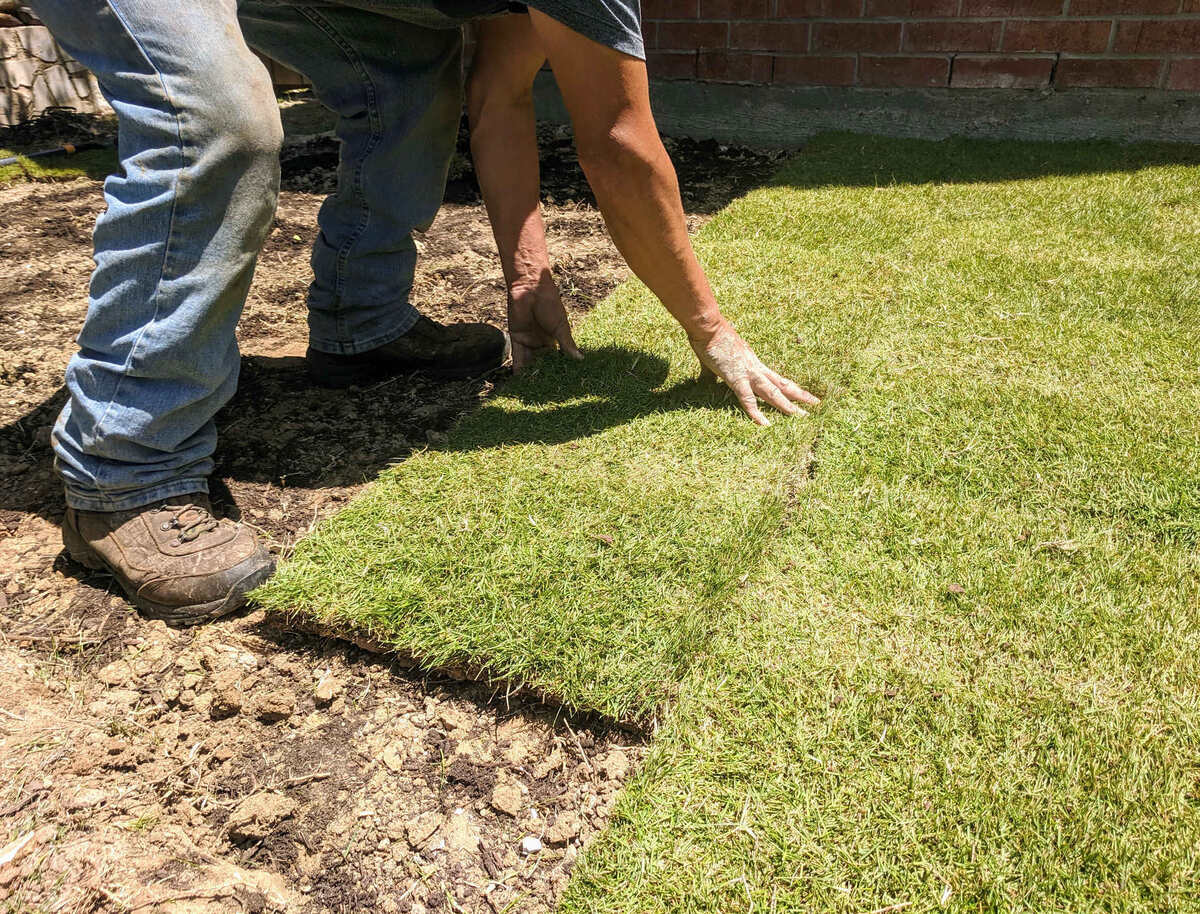
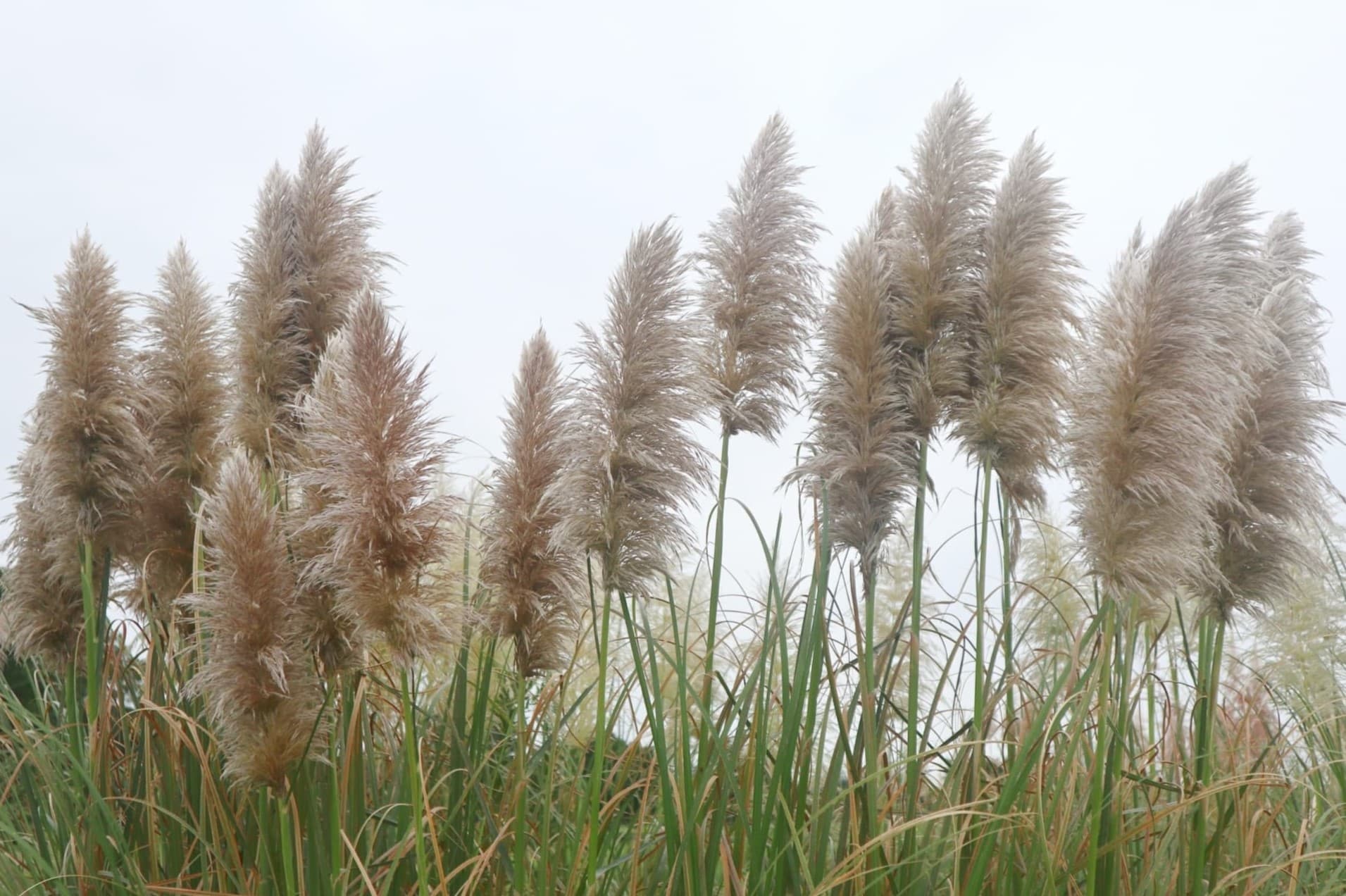
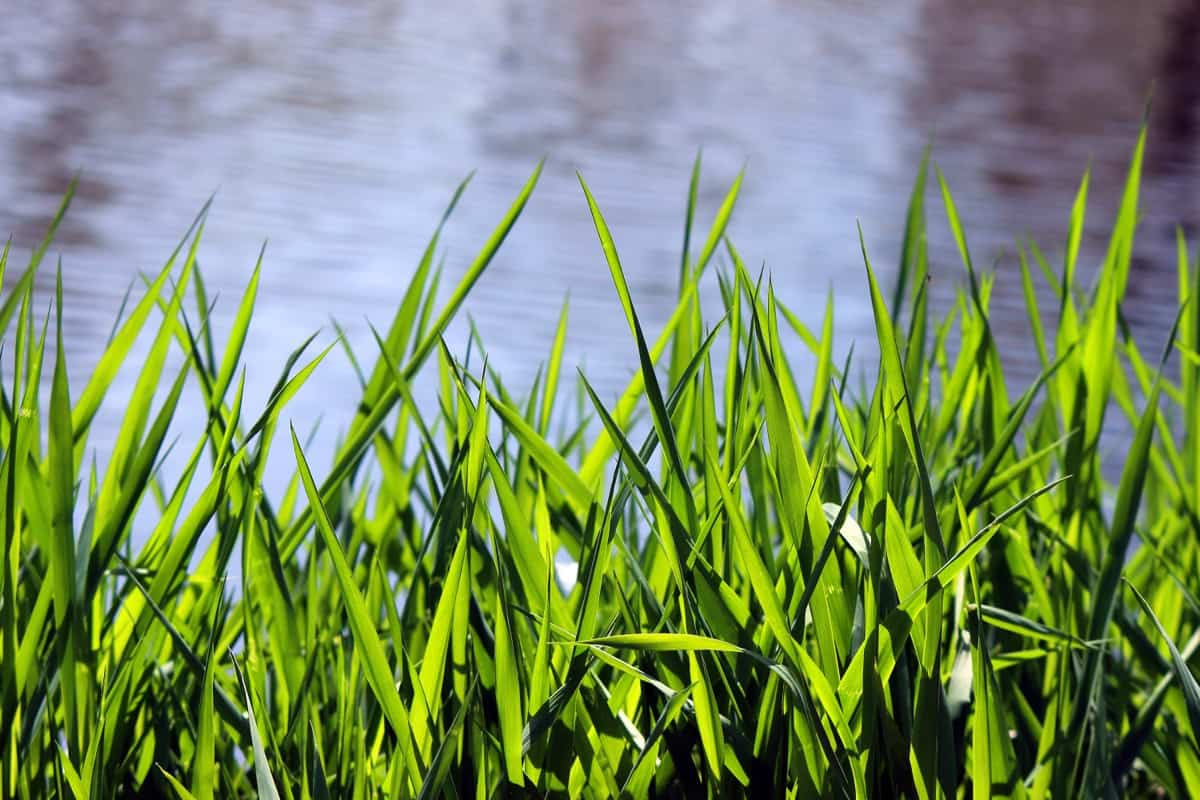
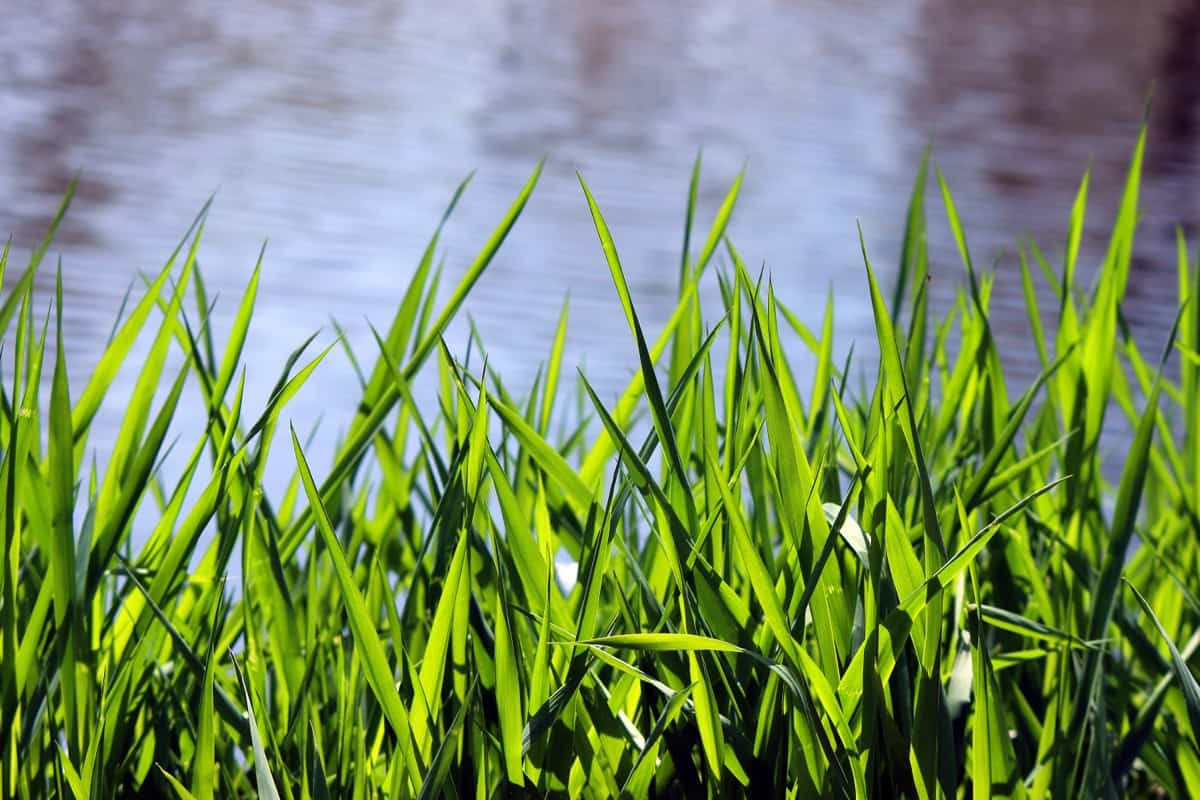
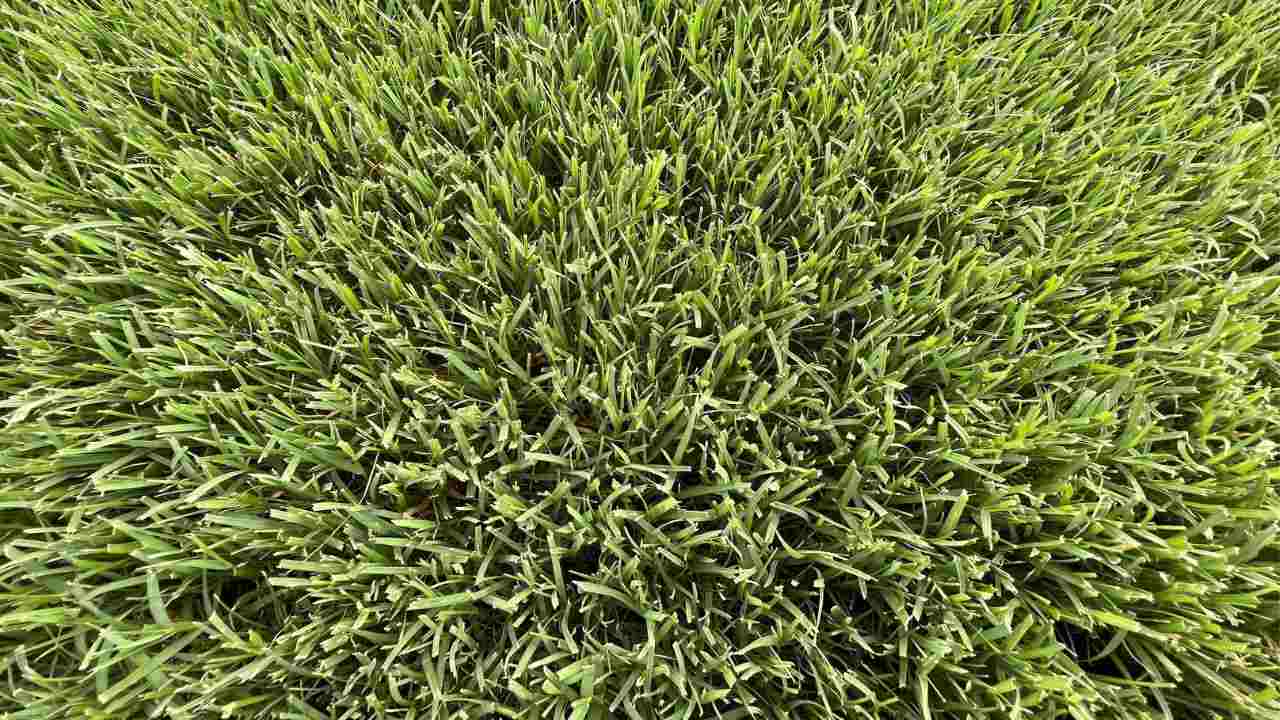
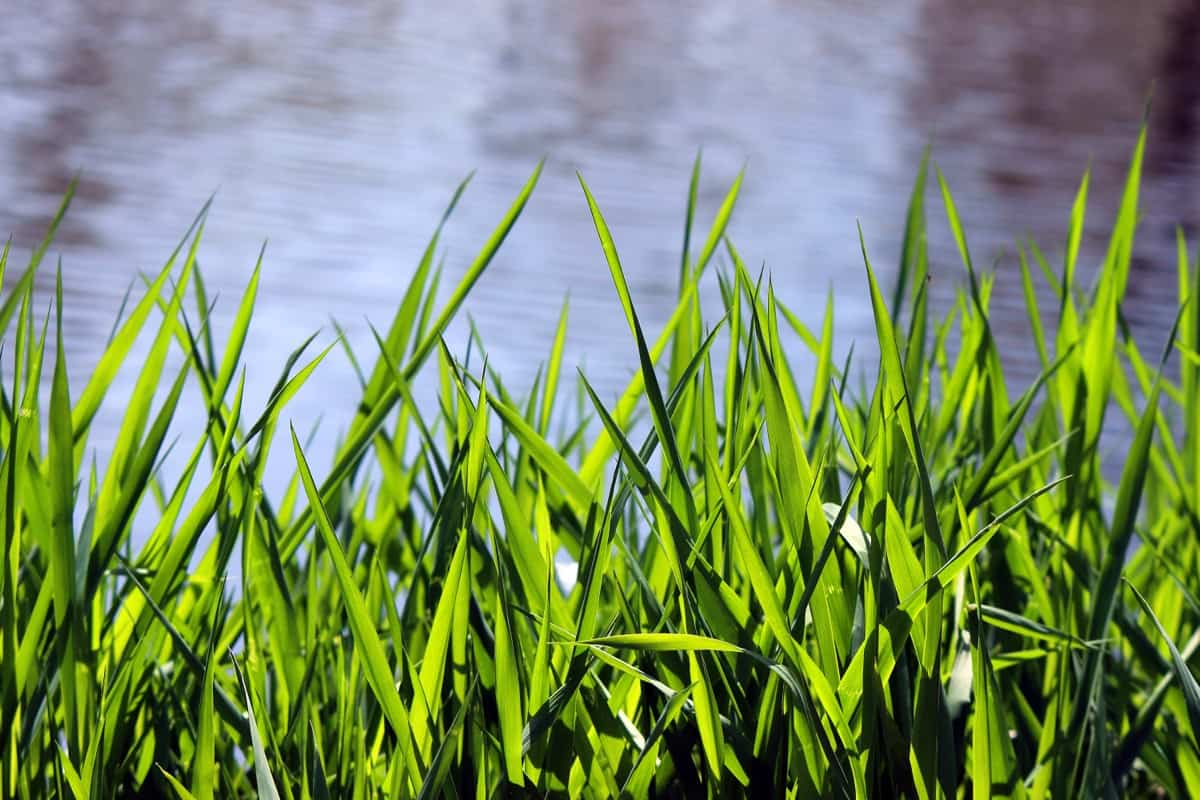
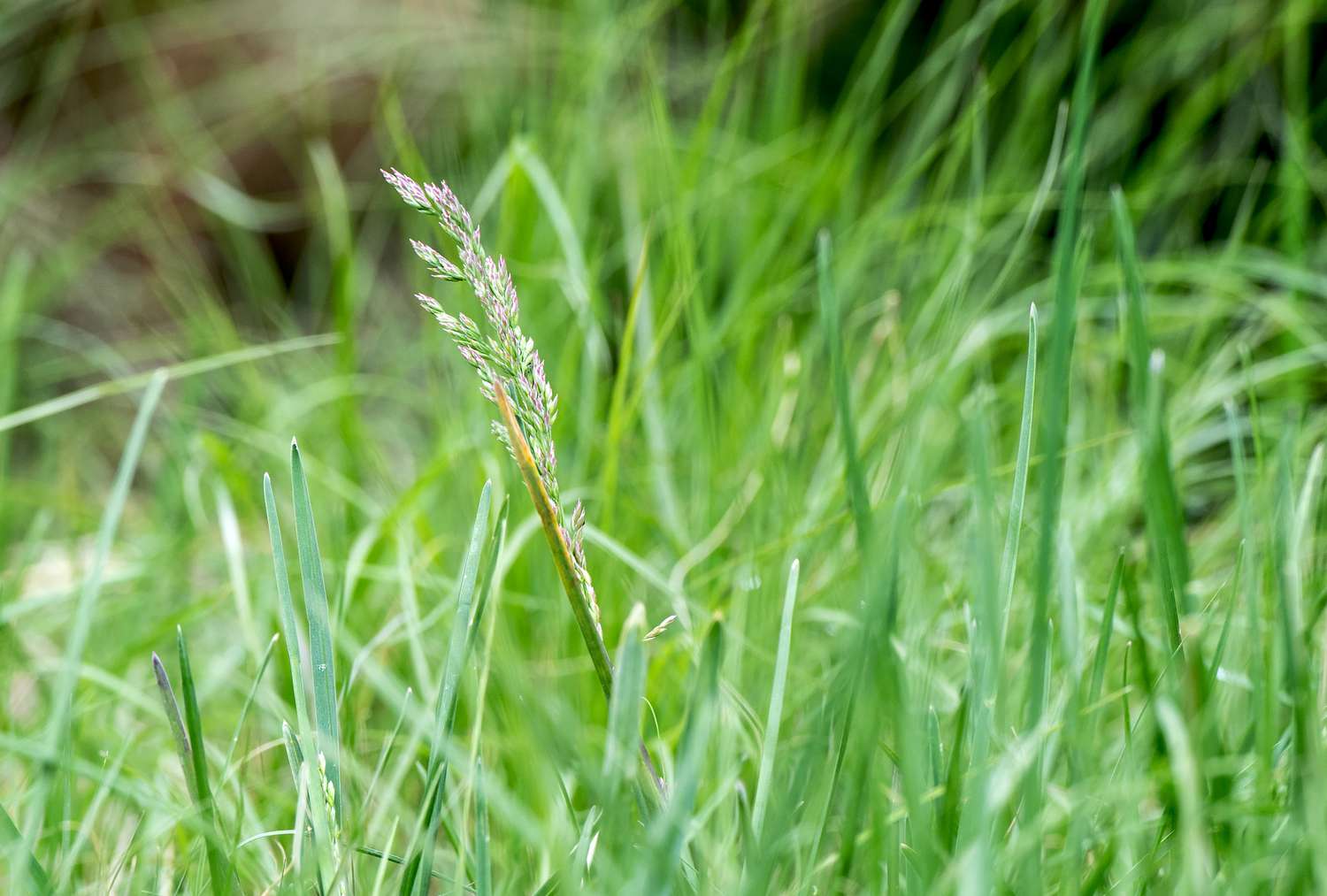
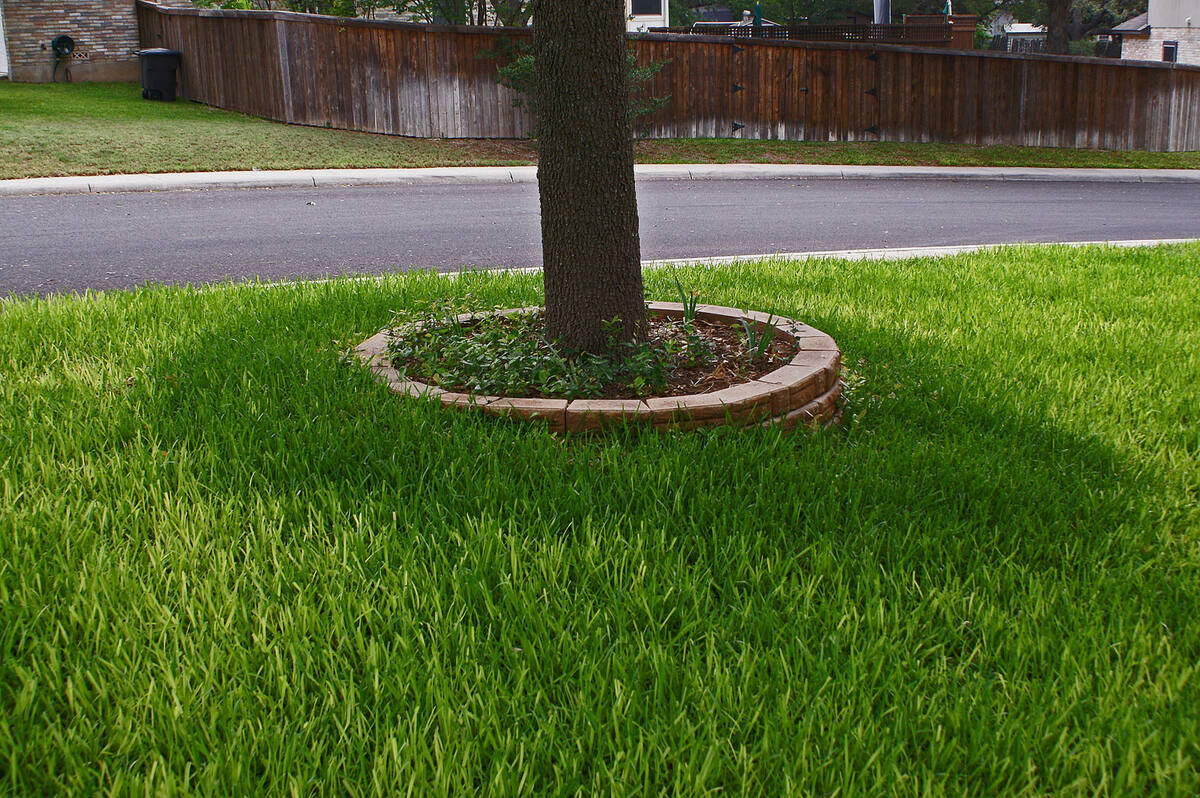
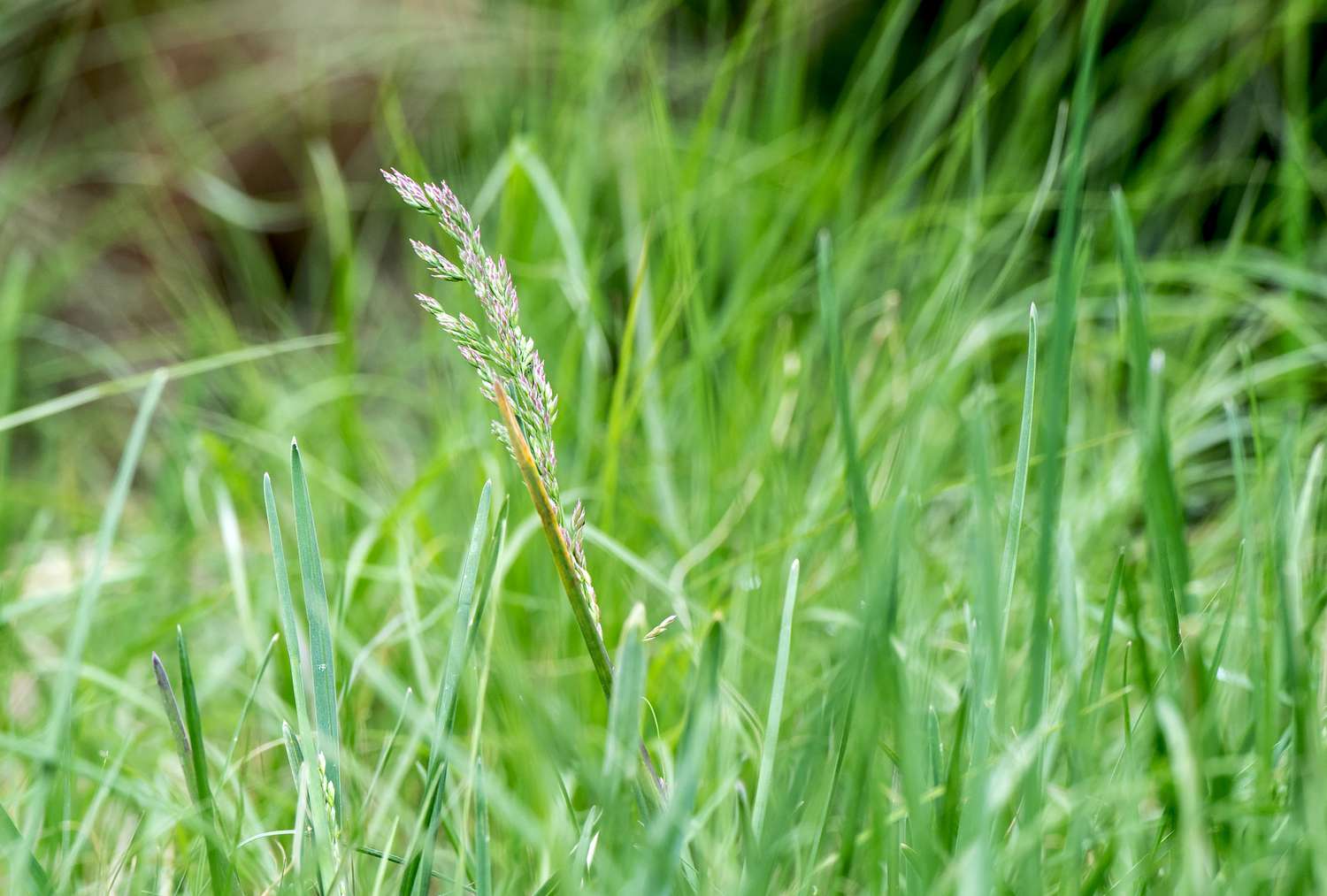
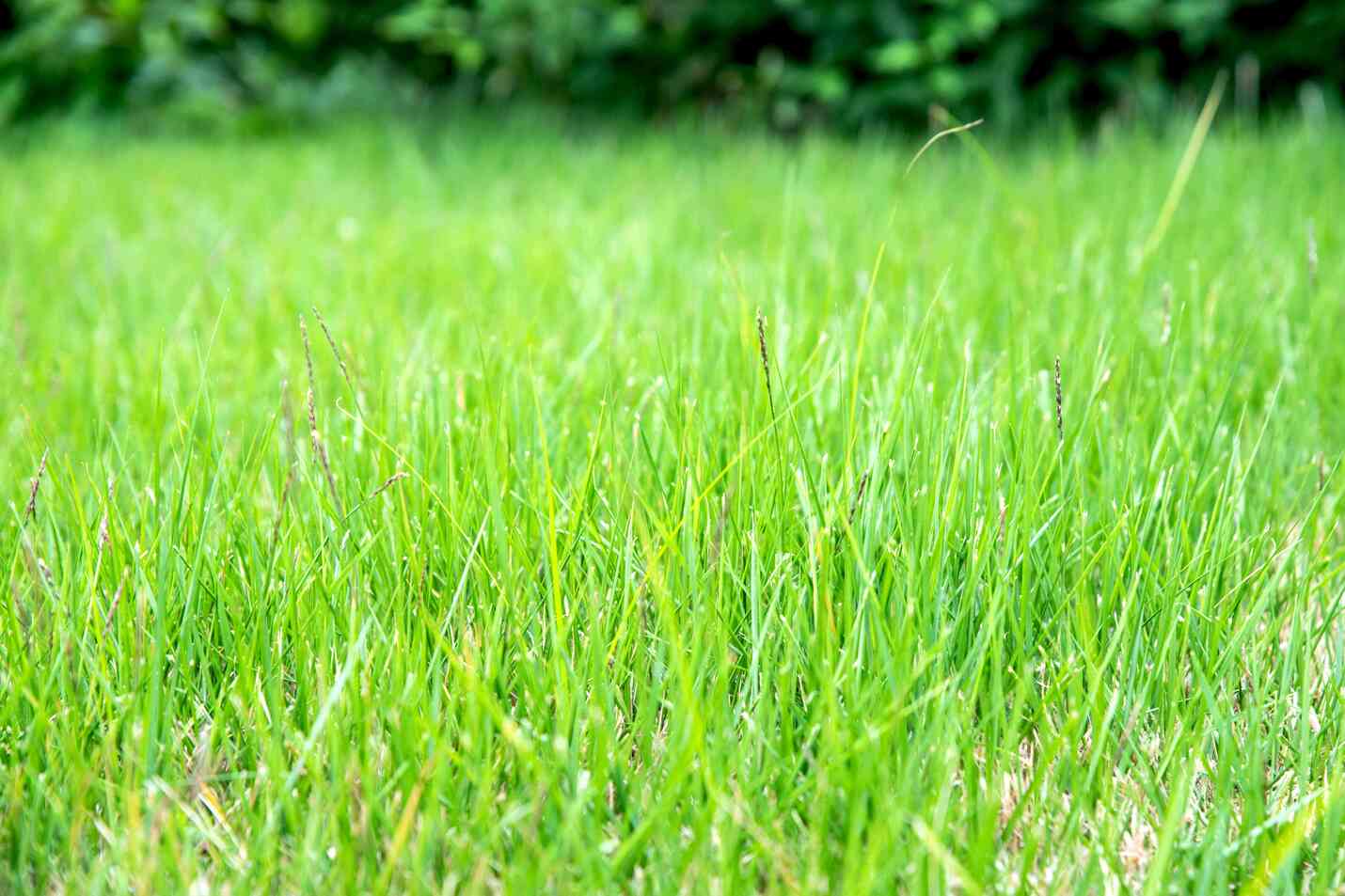

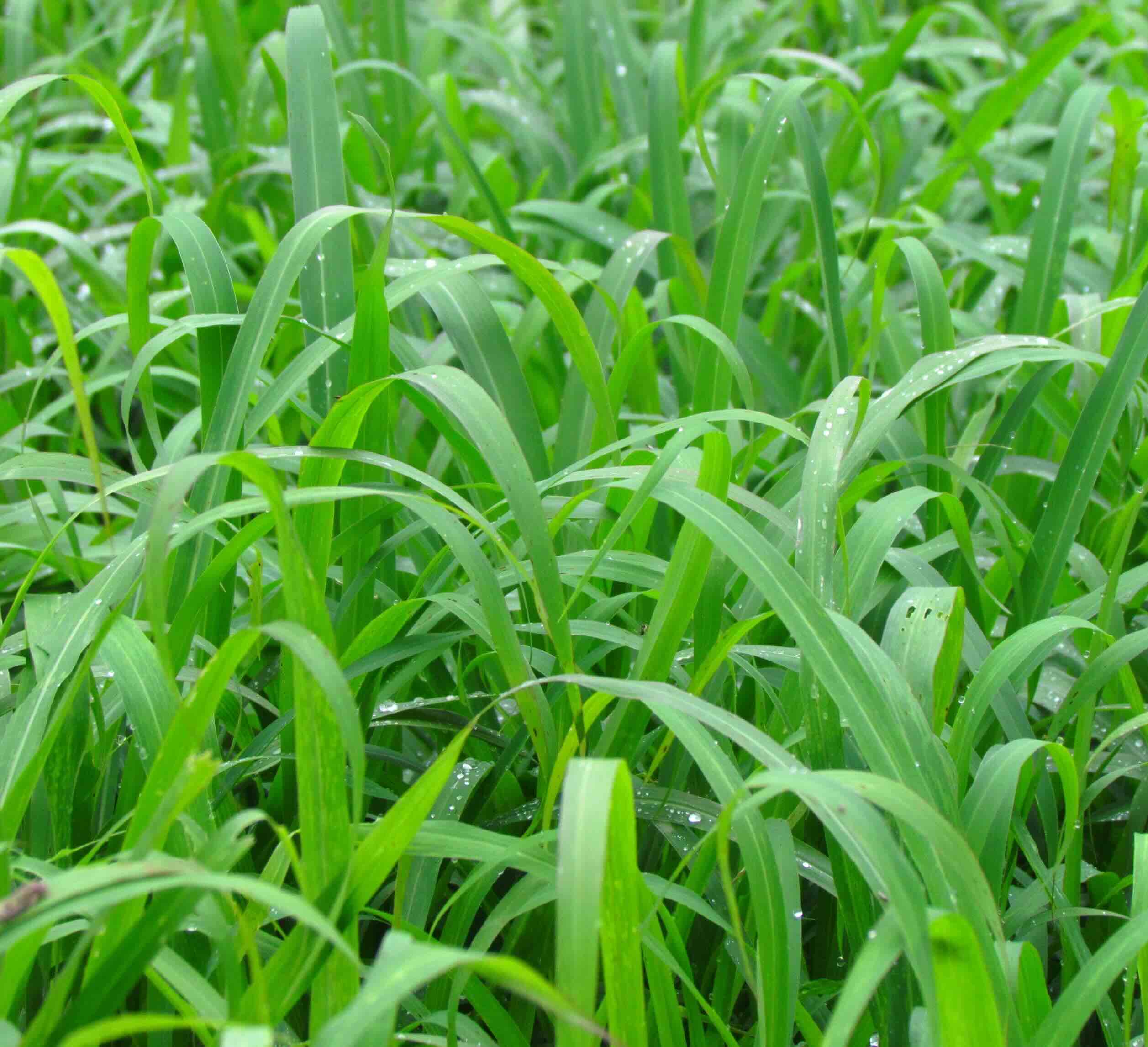
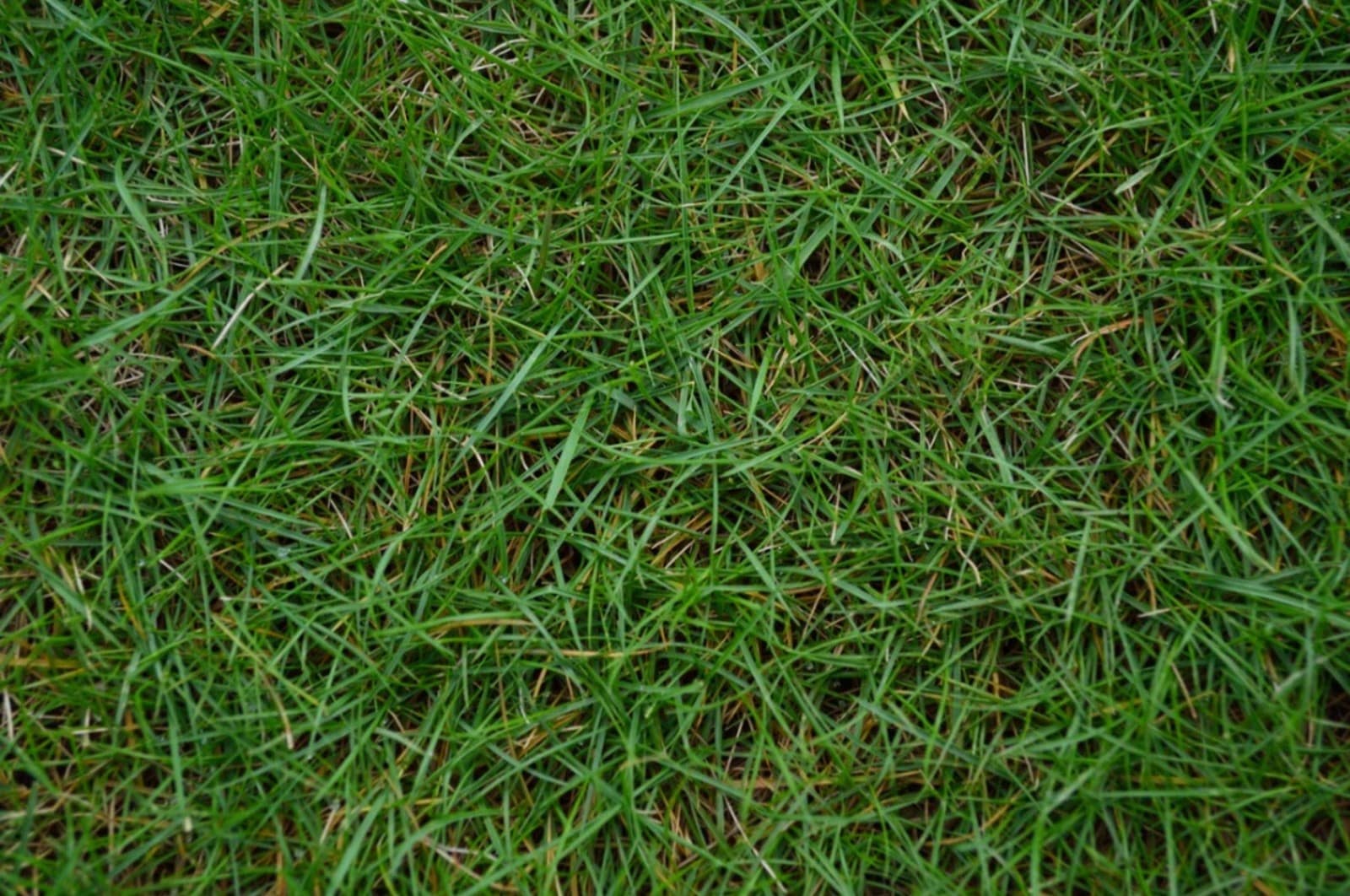
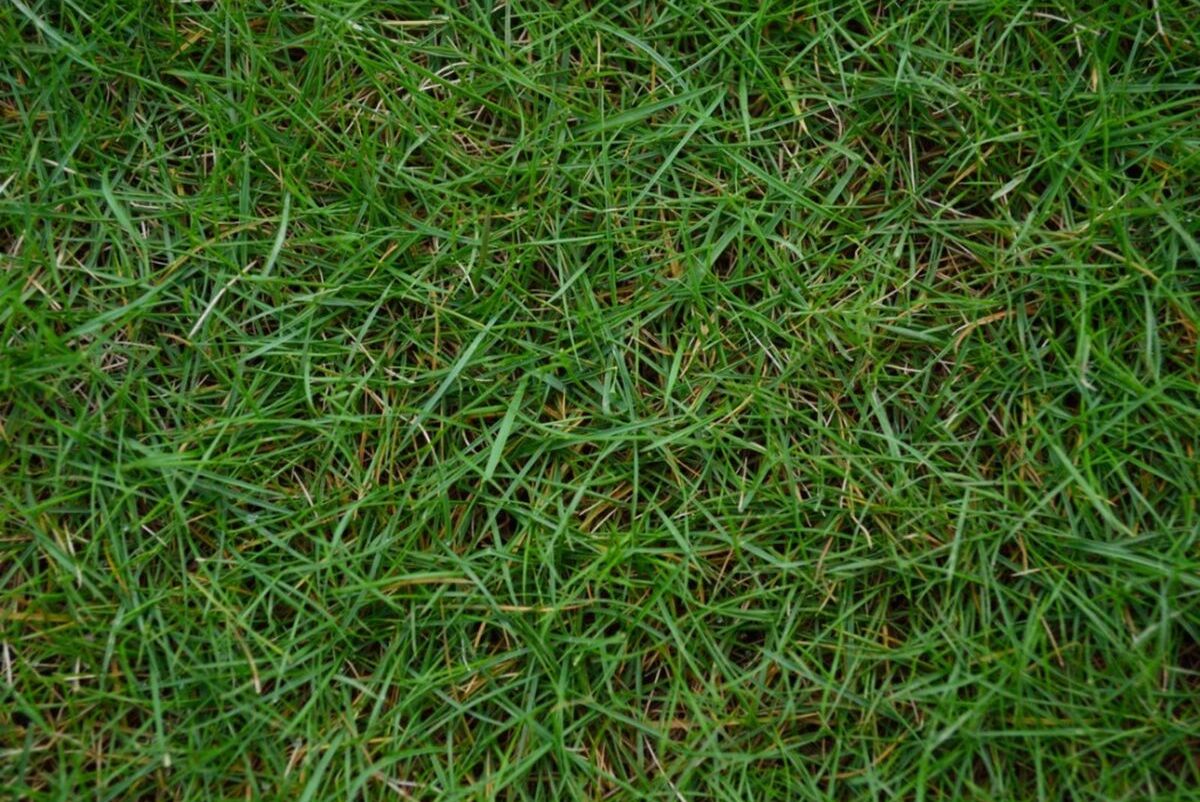

0 thoughts on “How Does Buffalo Grass Spread”